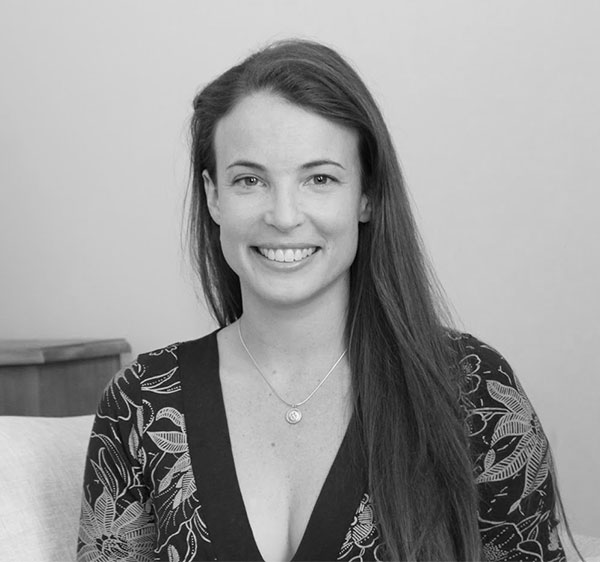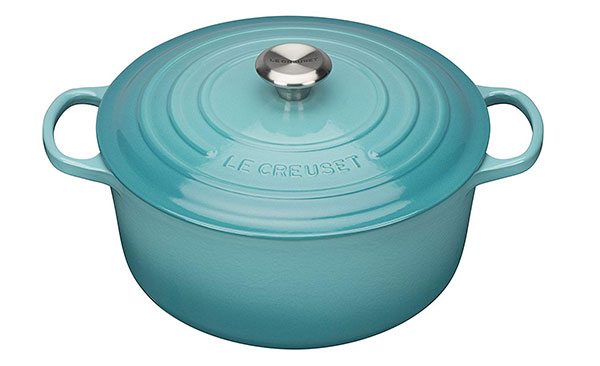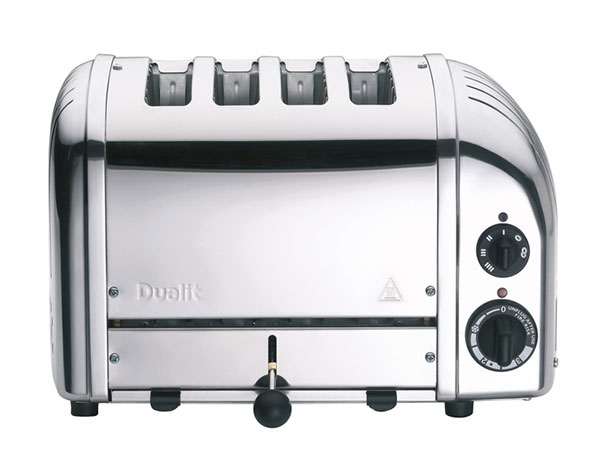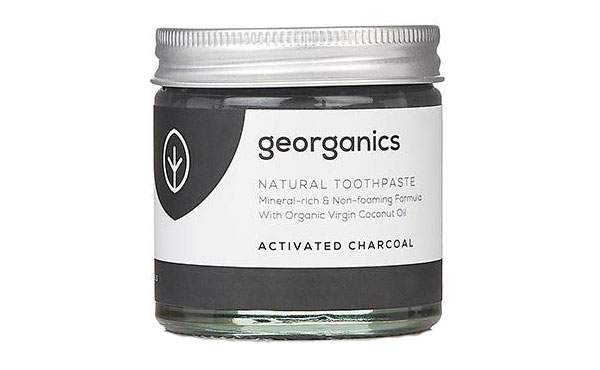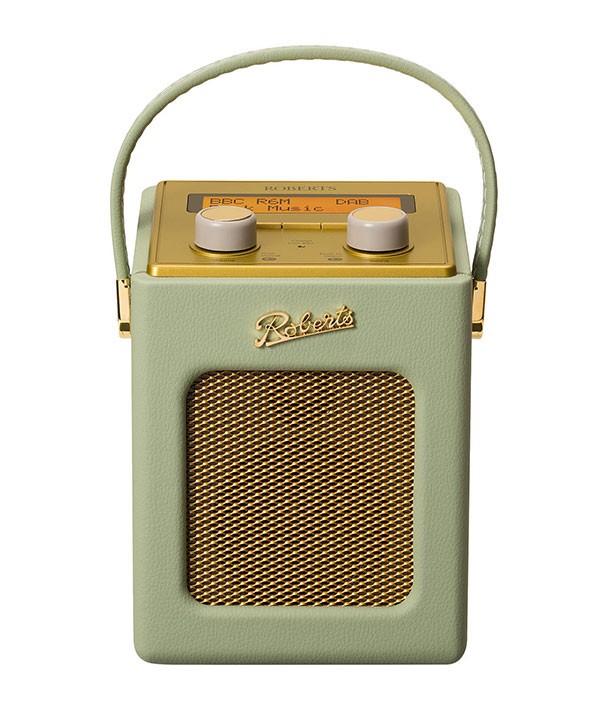Tara Button is an author, eco-campaigner and entrepreneur. In 2016, she founded Buy Me Once, a website selling high quality products that are built to stand the test of time and stay out of landfill.
Buy Me Once aims to change our shopping habits for good by promoting brands who score highly on sustainability and longevity. From socks to kitchen knives, they seek out repairable or recyclable pieces that carry lifetime guarantees. We spoke to Tara about the philosophy behind the Buy Me Once seal of approval.
What were you doing before you started Buy Me Once?
I was being evil in the advertising industry trying to persuade parents to buy more chocolate for their kids. True story.
I think many people in advertising and marketing feel like a cog in a machine, forced to work for the brands who have the money to pay but don’t necessarily have great values. I now give talks to the marketing industry, trying to persuade them to put their amazing energy and creativity behind brands who are doing good in the world.
Was there a particular event that sparked the idea?
It was actually a cooking pot that sparked the idea. Weird, I know! It was a baby blue, round Le Creuset pot with a lifetime guarantee and a reputation for lasting generations. It felt like an heirloom. It was startlingly beautiful and I loved the fact that owning a Le Creuset meant that I potentially never had to buy another pot again. If only everything in my life had this quality to it, I thought.
So, I set out to find more objects that I would never have to replace, ones that would work with me and grow old with me – beautiful, classic objects worthy of committing to and taking care of.
What kind of research do you do, before deciding a product is built for life?
We are trying to find the ‘best in show’ in terms of longevity and sustainability, so it’s all about comparing brands with each other. We ask the following questions of our products in order to find the very best:
- Is this product made out of materials that make it more durable than its competitors?
- Is it made to be tougher or more fixable in the way it has been put together?
- Do the reviews of the products confirm durability compared with other products?
- If possible, is it made of sustainable materials and ethically made?
- Is the aftercare the best in this category? Priority is given to those with fixing services, ‘no quibble’ or full lifetime warranties.
- Is this product ‘classic’, or does its look or function mean that it might go out of style quickly?
Are consumer habits changing?
There is every indication that a massive shift is happening now. And it’s not a moment too soon. The Blue Planet effect is real! Sales of reusable coffee cups went up by 500% in Argos.
Many consumers want to buy more sustainably, but find it hard to participate. I passionately believe that when you make it easy for people to do the right thing, they will naturally do it. BuyMeOnce has a simple message: buying things that last is one of the best things we can do for the environment.
Most of the environmental damage is done during manufacture and distribution, so it’s clear that buying one thing that could last ten years is better than buying something, again and again, each year. That’s 9 times the manufacture and distribution didn’t have to happen, so a 90% saving on carbon emissions. Walmart discovered they could meet all their sustainability targets if their products lasted just 19% longer. Longevity is a huge solution!
What do you think are the most difficult items to keep out of the waste stream?
Consumer electronics. They are not built to be fixed or recycled. There is very little out there to help consumers fix products or dispose of them. This is why it’s so vital that manufacturers build their products to be upgradable or to take their products back after they are finished with so they can be turned into new products.
Shifting to hiring schemes could really help here, whereby you hire your video consul for example, and when you want an upgrade, the company takes it back so that all the materials can be used again.
The other one is fast fashion. Half of it ends up in landfill after a year and blended fabrics can’t be recycled. The fashion industry is the second most polluting after oil.
Much of the book I wrote is about how people can empower themselves to find their own style, so they can invest in their own beautiful capsule wardrobe, rather than having a wardrobe full of clothes and feel they have nothing to wear.
What do you say to those who argue that planet-friendly products aren’t affordable for the majority?
In some cases it’s true. Organic food especially is more expensive. However, the great thing about buying items that last is that they save the environment and they save you money over time.
An umbrella that never breaks at £70 saves you £600 over your lifetime, because most people buy a new umbrella just over once a year. If an umbrella can save you £600, think about the savings if everything in your life lasted a long time.
The trouble can be the upfront cost. People aren’t used to saving up for products any more, but it’s worth doing if you want the best deal. I’d also encourage people to find BuyMeOnce brands second hand if money is tight.
What’s next for BuyMeOnce?
We have big ambitions to change the way the world shops! Currently, we’re raising investment to take our company to the next level.
Short-term we’ll be adding a wedding registry, a ‘price-per-use’ calculator, the option to pay for products over time and we’ll branch into pop-up shops.
Our goal is for BuyMeOnce to become the kite-mark of longevity and to influence all industries to move towards greater sustainability and durability.
❖
BuyMeOnce
A Life Less Throwaway: The Lost Art of Buying for Life by Tara Button
Products from top:
Maxwell Scott Lucca shoulder bag
Women’s Wata Pierre trainers by Veja

